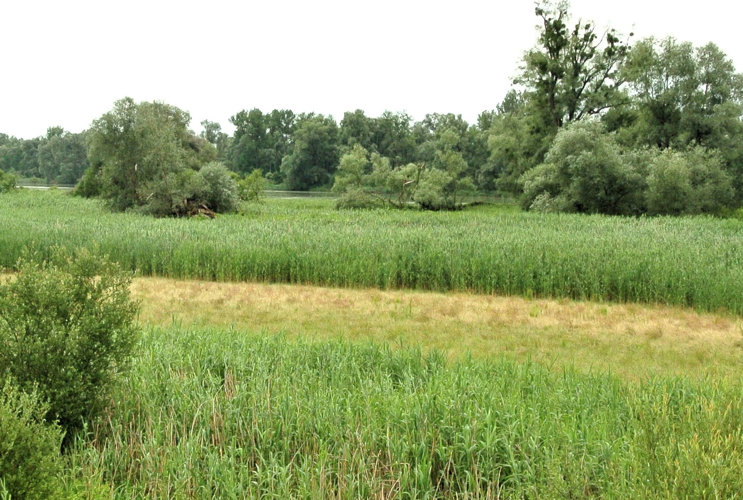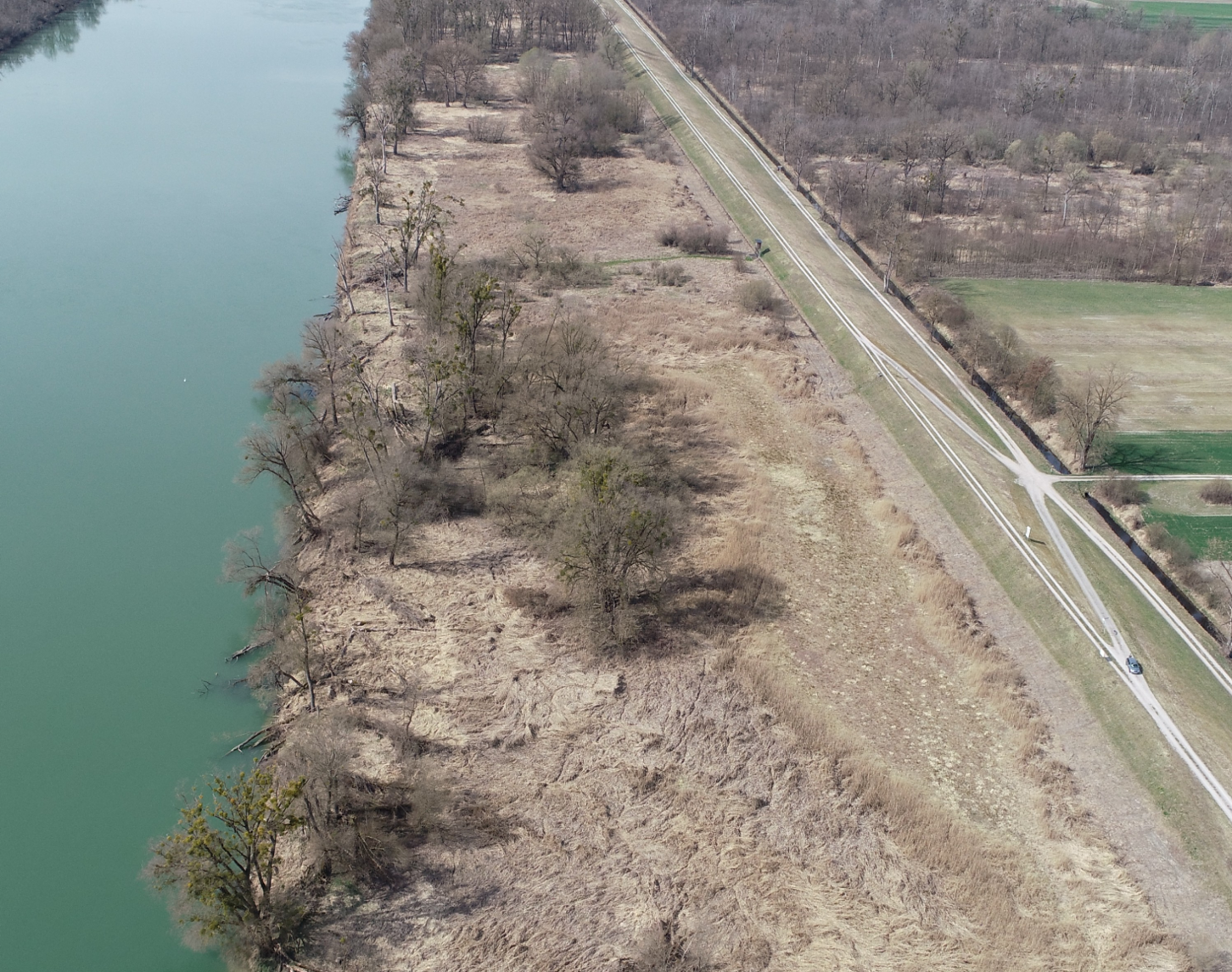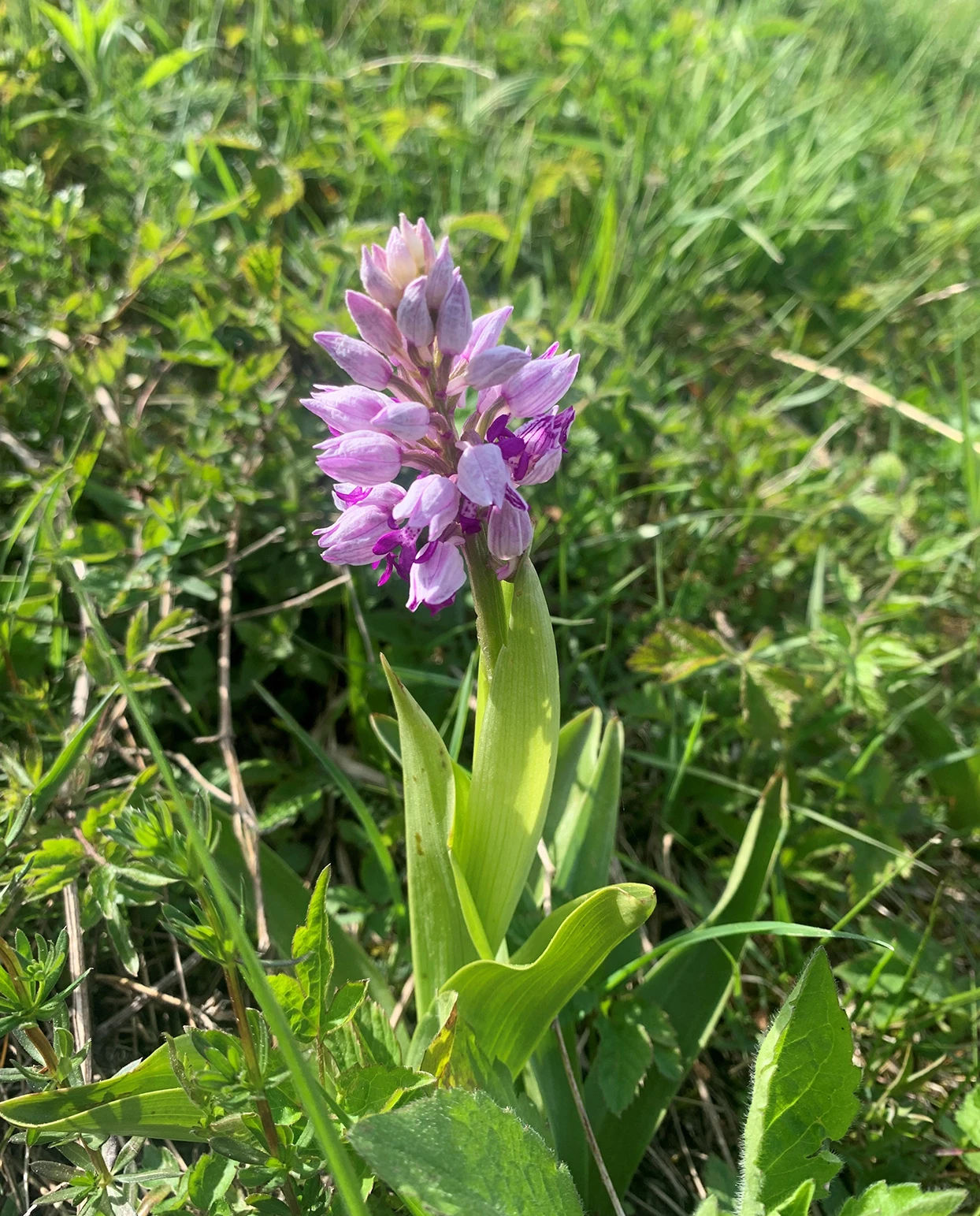The LIFE project Riverscape Lower Inn comprises a large number of measures to improve the situation of still waters. The example of the Aufhausener Lacke is a good illustration of the ecologically negative development of the silting up of standing waters in the side areas of the Inn reservoirs.
The Aufhausener Lacke was a standing water body on the left bank of the Inn between river kilometres 44 and 42. It has been dry all year round since 2022 due to siltation and reeds are beginning to overgrow the area. Decades of sand input during Inn floods caused it to dry up, and now the Aufhausener Lacke is completely silted up. As the residual dynamics in the floodplain on the water side of the dams are not sufficient to flush out the sediments again, structural measures must be taken here.
For this purpose, over 70,000 m³ of sediment will be removed from the Aufhausener Lacke and relocated to the river bank. The sediments are transported further when the water flow of the Inn is higher, although this does not significantly increase the natural suspended matter load of the Inn.





